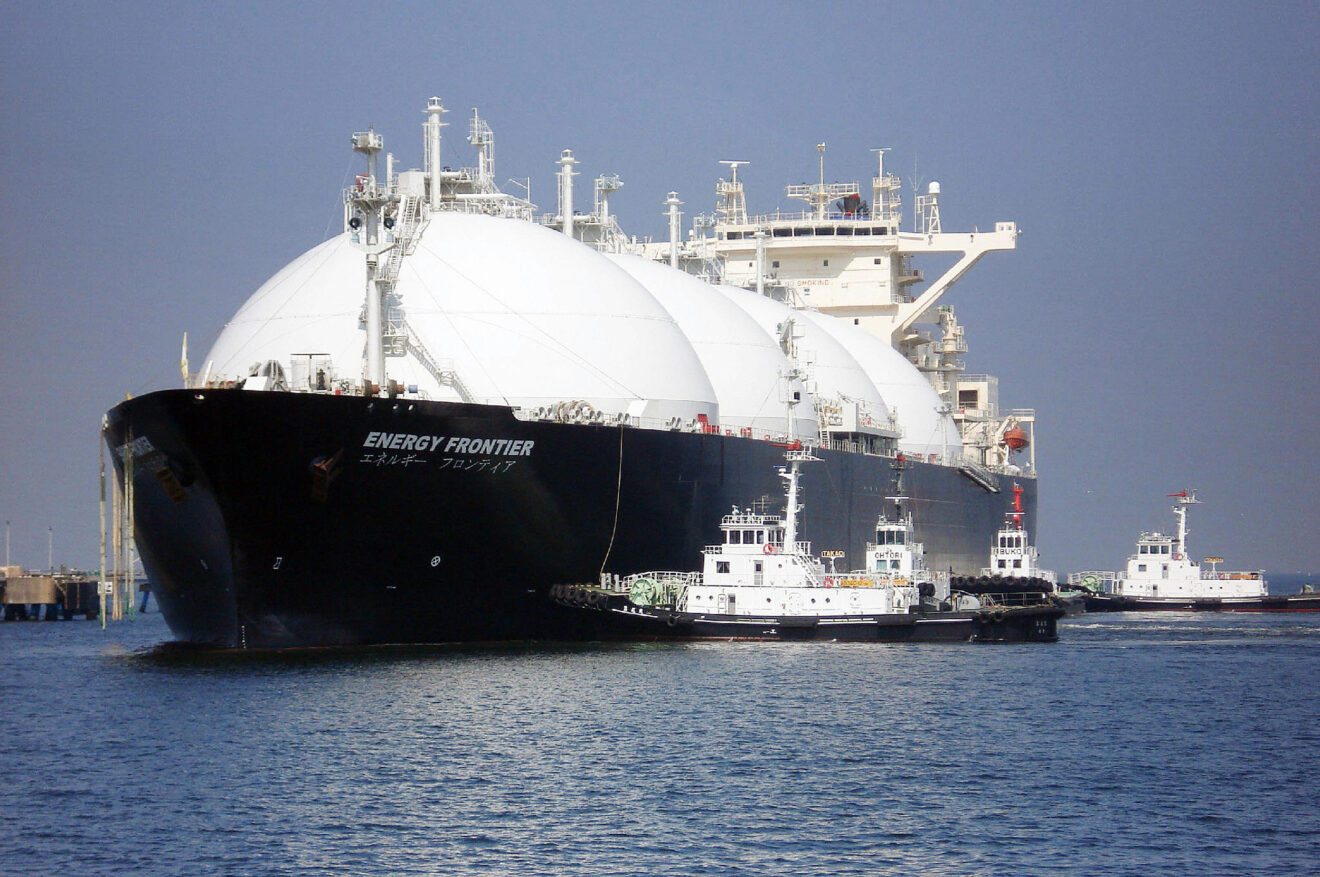As the LNG market continues to expand, the importance of precise calibration and measurement will continue to grow. SmartBrief caught up with Marc Buttler, Director of Application Innovation for Oil & Gas at Emerson Automation Solutions, at the recent World Gas Conference in Washington, DC, for an update on the latest trends in calibration and measurement. Buttler, who was at the WGC to talk calibration options for Coriolis Meters in natural gas measurement, is active with API’s Committee on Petroleum Measurement and with the National Conference of Weights and Measures.
How much is flexibility around calibration driving adoption in the LNG space?
for Oil & Gas at Emerson Automation Solutions.
The transferability of calibration from one fluid to another is very important because there are so few resources around the world that have traceable cryogenic liquid calibration capability. By being able to demonstrate that our calibration in our factory laboratory that is just on water at room temperature conditions is accurate when they put it into an LNG traceable lab gives people the comfort and the confidence they need to be able to use our factory calibrations that are provided with each meter to measure both LNG and natural gas.
Tell me a little bit about the importance of dynamic flow measurement for LNG?
By and large the custody transfer measurements that have been historically made with LNG are on large, bulk quantities. We’re talking international trade and huge, gigantic storage tanks and tankers off-loading into those tanks. The de facto standard for that method of custody transfer has long been level measurement inside the tank. You’ve got a calibrated volume for what is inside the tank, so you look at the starting level and the finishing level and you are able to discern how much you got off the ship. The difficulty that poses is that it becomes unsustainable as the LNG economy grows.
As more and more uses for LNG come online, there become more opportunities for custody transfer farther down the value chain. As the sales quantities get smaller and smaller, you get to a point where you are doing something like refueling a vehicle and you can’t do that with level measurement. The reason level measurement has been sustainable for so long is because companies trading on that basis are working off multi-year contracts with each other. They all know that any slight mismeasurement sort of equals out over the long run. But if you are a consumer and you are filling up your car, you need to know that that fill is accurate so you are not being cheated.
Where do you see the gas and LNG markets heading in the next 5-10 years?
I see an acceleration in terms of LNG. LNG seems to have pockets of growth where it is being used for more applications like locomotive fueling or over the road trucking. And it depends on region as well. China is a big adopter of LNG. Japan uses a great deal of LNG and they use it at different levels for a variety of purposes.
For gas, we are seeing an increasing use of gas around the world as shale production grows. Along with the oil that is produced, you also get gas. Some wells are drilled just to produce gas in areas where you couldn’t get to it before. As the US is finding more and more efficient ways to produce gas and oil together, it creates an opportunity to seek new markets.
There has been a large disparity around the world in terms of the price people pay for gas. For example, if you look at natural gas in Japan, you’ll find that the price is quite a bit higher. As the technology advances for transportation of those products – and LNG is a big part of that – you’ll see more and more of a leveling effect. As the world reaches pricing equilibrium, I can see that having an impact of increasing trade. And increasing trade means increasing consumption around the world. So the future looks very bright for natural gas and gas-related products.
